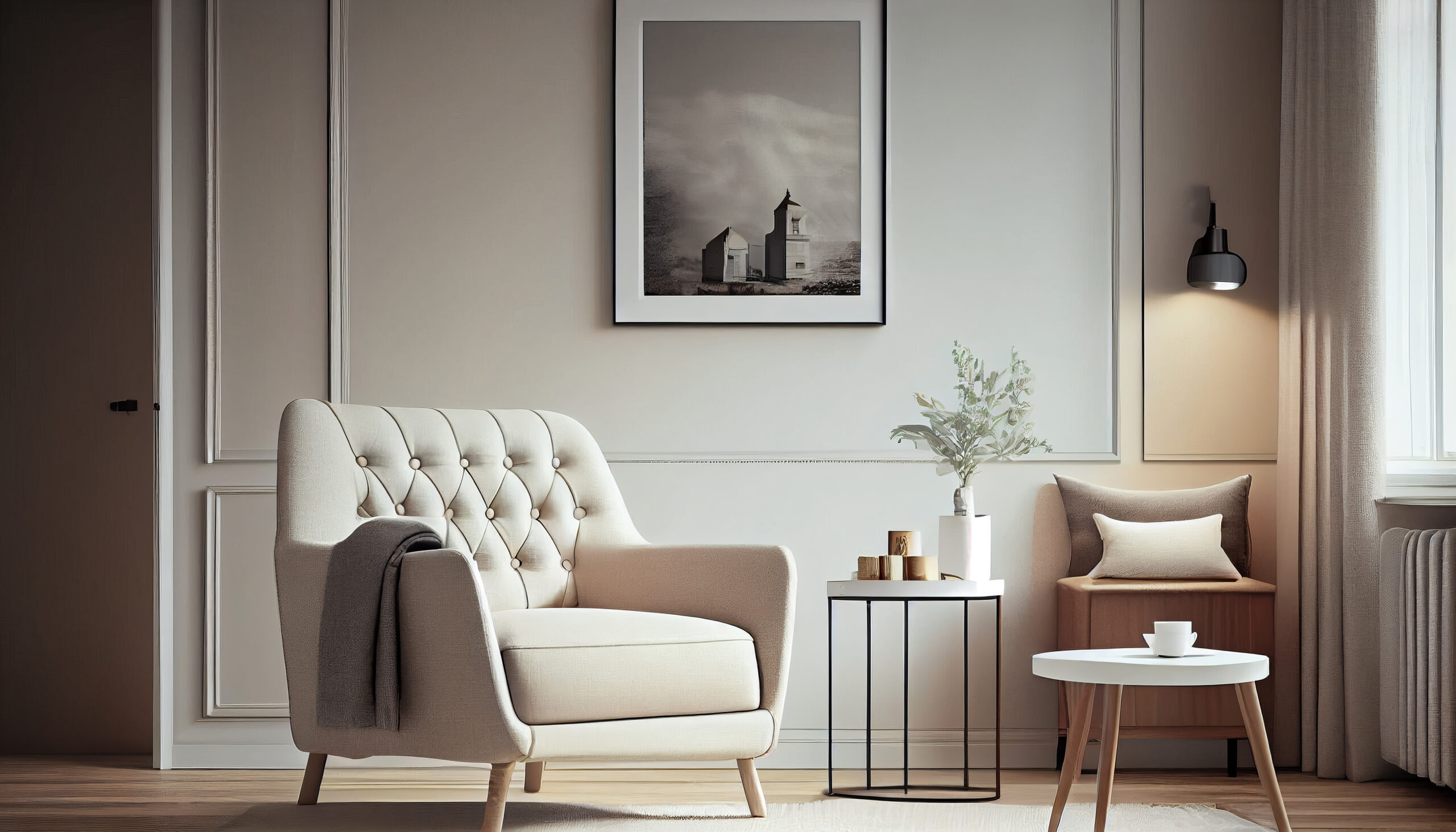Wooden flooring adds warmth, elegance, and timeless appeal to any interior space. It’s a versatile option that suits various styles, from rustic to contemporary. However, choosing the right style and type of wooden flooring can be overwhelming. In this guide, we’ll explore the differences between style and types of wooden flooring, showcase ten distinct styles and types, and provide essential do’s and don’ts for maintaining your wooden floors.
Understanding the Difference: Style refers to the aesthetic appearance or design of the wooden flooring, while type denotes the material and construction of the floorboards. Essentially, style determines the visual impact, while type influences durability, maintenance, and suitability for different environments.
Styles of Wooden Flooring
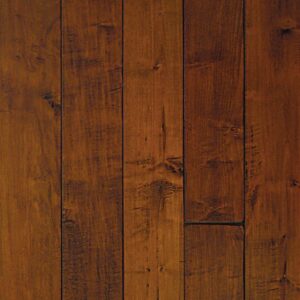
Classic Hardwood: Traditional oak, maple, or walnut planks provide a timeless appeal and complement both modern and traditional interiors.

Distressed Wood: Mimicking the look of aged and weathered wood, distressed flooring adds character and charm to rustic or farmhouse-style spaces.

Parquet: Intricately designed wooden tiles arranged in geometric patterns offer a sophisticated and luxurious flooring option.
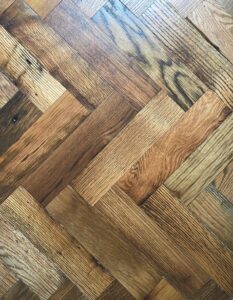
Reclaimed Wood: Salvaged from old barns, warehouses, or factories, reclaimed wood flooring exudes eco-friendliness and rustic charm.

Wide Plank: Featuring broader and longer planks, wide plank flooring creates a spacious and contemporary ambiance, ideal for open-plan layouts.

Chevron: Chevron-patterned wooden flooring adds a touch of elegance and visual interest, perfect for upscale and eclectic interiors.

Herringbone: Similar to chevron but with a different orientation, herringbone patterns lend a classic yet modern flair to any room.

Whitewashed Wood: Light-coloured wood with a whitewashed finish imparts a bright and airy feel, enhancing Scandinavian or coastal-inspired décor.

Bamboo: Renowned for its sustainability and durability, bamboo flooring offers a unique aesthetic and eco-friendly alternative to hardwood.
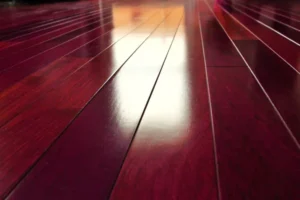
Exotic Hardwood: Exotic wood species like Brazilian cherry or teak showcase rich colours and distinctive grain patterns, making a bold statement in contemporary settings.
Types of Wooden Flooring
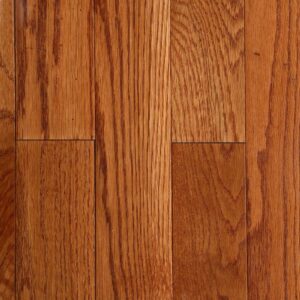
Solid Hardwood: Made from a single piece of wood, solid hardwood flooring boasts durability and can be sanded and refinished multiple times.
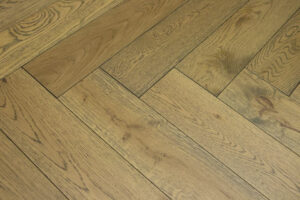
Engineered Wood: Constructed from multiple layers of wood veneer bonded together, engineered wood flooring is more stable and resistant to moisture than solid wood.

Laminate: Comprising a photographic layer of wood grain on top of a composite wood core, laminate flooring offers affordability and easy maintenance.

Vinyl Plank: Vinyl plank flooring mimics the look of hardwood with realistic wood textures and is highly durable, waterproof, and easy to install.

Cork: Harvested from the bark of cork oak trees, cork flooring is resilient, eco-friendly, and provides excellent sound insulation.
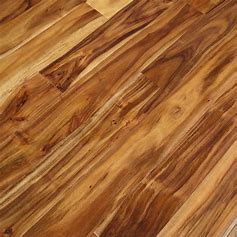
Acacia: Known for its striking grain patterns and durability, acacia wood flooring adds a touch of exotic beauty to any space.

Pine: Pine flooring exudes rustic charm and is relatively affordable, though it may require more maintenance due to its softer nature.

Maple: Hardwearing and resistant to wear and tear, maple flooring is a popular choice for high-traffic areas like kitchens and hallways.

Teak: Renowned for its natural oils that make it resistant to moisture and pests, teak flooring is ideal for bathrooms and outdoor spaces.

Walnut: With its rich, dark hues and elegant grain, walnut flooring lends a sense of luxury and sophistication to any room.
The Do’s and Don’ts when maintaining a wooden floor
Do
Do sweep or vacuum regularly to prevent dirt and debris from scratching the surface.
Do use felt pads under furniture legs to avoid scratches and dents.
Do wipe up spills immediately to prevent water damage and stains.
Do use rugs or mats in high-traffic areas to protect the flooring.
Don’t
Don’t use harsh chemicals or abrasive cleaners, as they can damage the finish.
Don’t drag heavy furniture across the floor; lift and place it instead.
Don’t allow pets with long nails to roam freely, as they can scratch the surface.
Don’t expose wooden floors to direct sunlight for extended periods, as it can cause fading and discoloration.
Wooden flooring offers a plethora of styles and types to suit every taste and lifestyle. By understanding the differences between various styles and types, along with following essential maintenance tips, you can ensure your wooden floors remain beautiful and functional for years to come. Whether you prefer the classic allure of hardwood or the eco-friendly appeal of bamboo, there’s a wooden flooring option to elevate any interior space.


